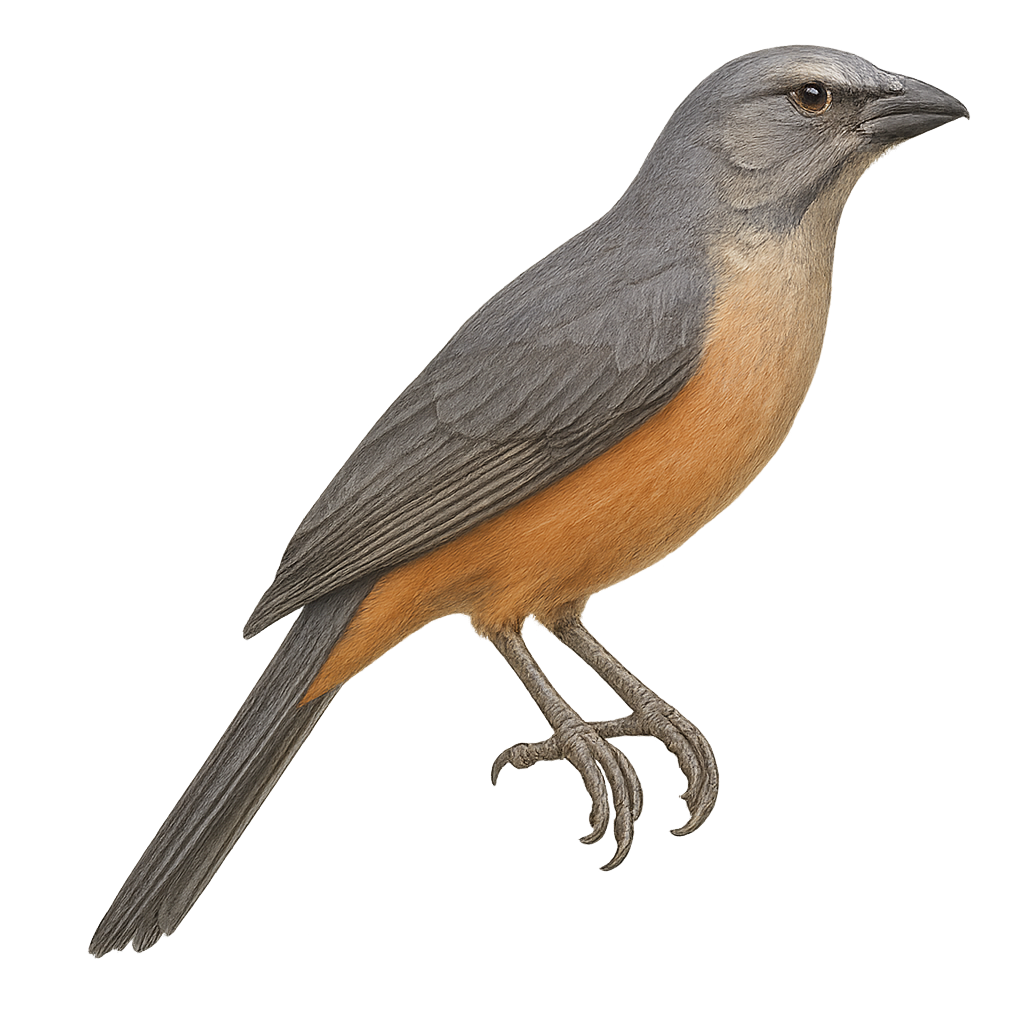Your wildlife photography guide.
Explore the grayish saltator in detail, study its behavior, prepare your shots.
Where to observe and photograph the grayish saltator in the wild
Learn where and when to spot the grayish saltator in the wild, how to identify the species based on distinctive features, and what natural environments it inhabits. The WildlifePhotographer app offers tailored photography tips that reflect the grayish saltator’s behavior, helping you capture better wildlife images. Explore the full species profile for key information including description, habitat, active periods, and approach techniques.
Grayish Saltator
Scientific name: Saltator coerulescens

IUCN Status: Least Concern
Family: THRAUPIDAE
Group: Birds
Sensitivity to human approach: Suspicious
Minimum approach distance: 5 m
Courtship display: November to December
Incubation: 13-15 jours
Hatchings: November to January
Habitat:
Tropical forests, open wooded areas
Activity period :
Primarily active during the day, with peak activity in the morning and late afternoon.
Identification and description:
The Grayish Saltator is a medium-sized bird, measuring about 20 to 23 cm in length. It is easily recognizable by its grayish-blue plumage, with a lighter chest and slightly darker wings. Its beak is robust and adapted to its diet, which mainly consists of fruits, seeds, and insects. It is primarily found in tropical and subtropical forests, as well as open wooded areas in Central and South America. The Grayish Saltator is a social bird, often seen in small groups or pairs. It is known for its melodious song, which plays an important role in communication between individuals and territory defense.
Recommended lens:
400 mm – adjust based on distance, desired framing (portrait or habitat), and approach conditions.
Photography tips:
To photograph the Grayish Saltator, it is advisable to use a 400mm lens or longer to capture precise details of its plumage. Look for it in tropical forests or open wooded areas, where it is often active during the day. Be patient and discreet, as although it is suspicious, it can get used to your presence if you remain still. Take advantage of the natural morning light to get shots with vivid colors.
The WildlifePhotographer App is coming soon!
Be the first to explore the best nature spots, track rutting seasons, log your observations, and observe more wildlife.
Already 1 432 wildlife lovers subscribed worldwide

